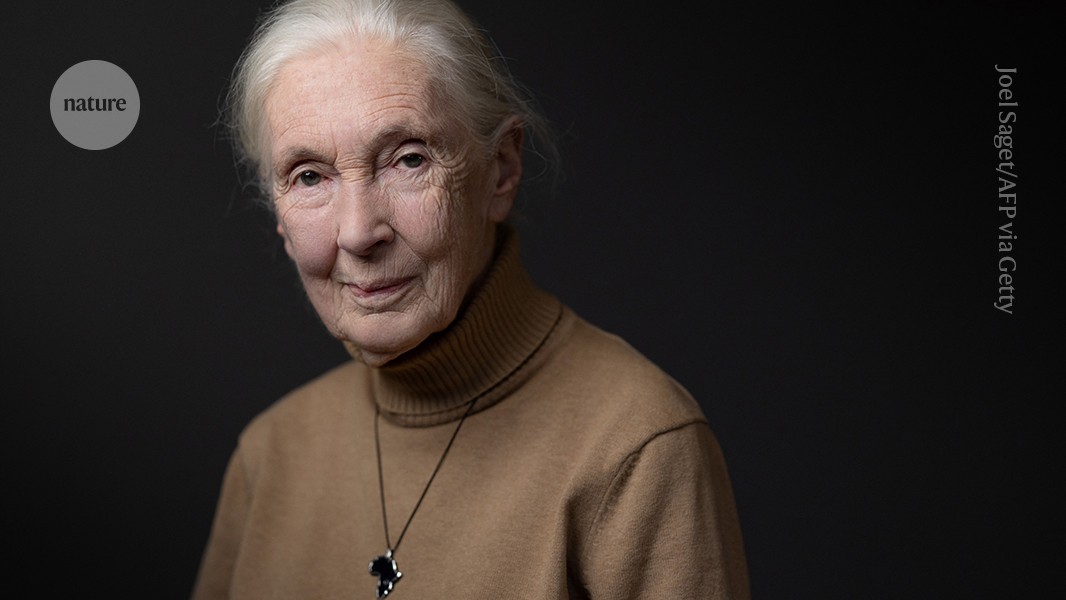
"Her discoveries foreshadowed the genetic evidence showing that chimpanzees, bonobos ( Pan paniscus) and humans are more closely related to one another than to gorillas ( Gorilla spp.) and orangutans ( Pongo spp.). The findings had a major role in shifting perceptions towards recognizing the importance of emotions, personalities and complex cognition, reshaping scientific and public understanding of human evolution."
"Her fascination with animals began early. Born in north London in 1934, she famously disappeared during a Second World War air raid when she was around six years old, only to be found sitting quietly in a chicken coop, watching a hen lay an egg. She often told this story to illustrate the patience and curiosity that defined her life's work."
Scientists in the 1960s classified chimpanzees, bonobos, gorillas and orangutans as Pongidae, believing great apes had long diverged from humans. Jane Goodall's observations of wild chimpanzees at Gombe revealed strikingly human-like behaviour and anticipated genetic evidence that chimpanzees, bonobos and humans are more closely related to each other than to gorillas and orangutans. Her work shifted perceptions toward recognizing emotions, personalities and complex cognition in apes. She advocated tirelessly for conservation, welfare of captive chimpanzees and habitat protection, efforts continued by the Jane Goodall Institute. She developed a fascination with animals early and committed to chimpanzee study after meeting Louis Leakey.
Read at Nature
Unable to calculate read time
Collection
[
|
...
]